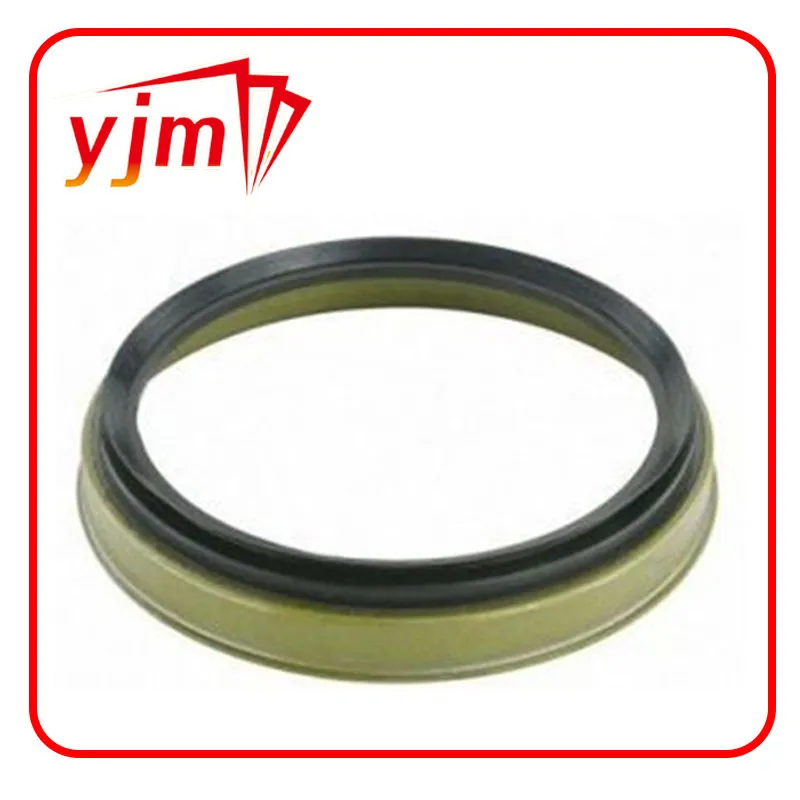Rear Engine Oil Seal Maintenance and Replacement Guide for Optimal Performance
Understanding the Importance of Rear Engine Oil Seals
In the intricate world of automotive engineering, components designed to manage fluids are essential for ensuring that vehicles operate efficiently and reliably. One such crucial component is the rear engine oil seal, a seemingly small part that plays a vital role in the overall functionality of an engine.
What is a Rear Engine Oil Seal?
The rear engine oil seal is located at the rear of the engine, typically where the crankshaft meets the transmission. It serves as a barrier to prevent engine oil from leaking out and contaminants from entering the engine. This seal is made of durable materials such as rubber or PTFE (Polytetrafluoroethylene) and is designed to withstand the high temperatures and pressures present in an engine environment.
Functions of the Rear Engine Oil Seal
1. Leak Prevention The primary function of the rear engine oil seal is to prevent oil from leaking out of the engine. Oil leaks can lead to a variety of problems, including low oil levels, which can significantly damage internal engine components.
2. Contaminant Protection Besides keeping oil in, the rear engine oil seal also prevents dirt, dust, and other contaminants from entering the engine. Contaminants can cause abrasive wear on engine components and lead to premature failure.
3. Pressure Regulation The seal helps maintain the proper pressure within the engine's lubrication system. This is essential for ensuring that oil circulates effectively to all moving parts, vital for lubrication and cooling.
Signs of a Failing Rear Engine Oil Seal
Recognizing the symptoms of a failing rear engine oil seal is crucial for timely maintenance
. Some common indicators include- Oil Leaks Puddles of oil collecting beneath the vehicle are a primary sign that the rear engine oil seal may be failing. Oil leaks can sometimes be difficult to detect, so regular inspections are recommended. - Engine Overheating If the oil level becomes critically low due to leaks, it may result in insufficient lubrication, leading to overheating.
rear engine oil seal

- Increased Engine Noise A failing seal may result in a decrease in oil pressure, leading to increased friction between engine parts, which can manifest as unusual noises during operation.
- Oil Contamination If contaminants manage to enter the engine, it can lead to sludge formation and decreased engine performance.
Maintenance and Replacement of the Rear Engine Oil Seal
Regular maintenance is critical to extending the life of the rear engine oil seal and ensuring optimal engine performance. Here are some tips
1. Regular Oil Changes Changing the engine oil at regular intervals helps keep the engine clean and can prevent excessive wear on seals.
2. Inspect for Leaks Routine inspections for oil leaks, especially after oil changes, can help detect problems early.
3. Watch Engine Performance Pay attention to changes in engine performance, noise, or temperature, and respond promptly to any irregularities.
If a rear engine oil seal shows signs of failure, it’s essential to replace it as soon as possible. This repair can be complicated as it often requires removing the transmission to access the seal properly, making it a job for a qualified mechanic.
Conclusion
The rear engine oil seal may be a small component, but its importance cannot be overstated. By preventing oil leaks and protecting the engine from contaminants, the rear oil seal plays a critical role in maintaining the health and efficiency of a vehicle’s engine. Regular maintenance and prompt attention to signs of wear can help ensure that this small but mighty seal continues to do its job effectively. Understanding its role and functionality can save vehicle owners from more significant repairs and ensure a smoother, more reliable driving experience.
-
Understanding the Front Main Engine Seal: Purpose, Maintenance, and Installation
News Jul.29,2025
-
Understanding O-Rings and Seal Rings: Types, Applications, and Custom Solutions
News Jul.29,2025
-
Understanding Crankshaft Oil Seals: Rear Seals, Pulley Seals, and Their Role in Engine Integrity
News Jul.29,2025
-
The Importance of Front and Rear Crankshaft Seals in Engine Performance and Oil Management
News Jul.29,2025
-
Crank Oil Seals: Functions, Types, and Cost Considerations in Engine Maintenance
News Jul.29,2025
-
A Comprehensive Guide to O-Rings and Seals: Types, Materials, and Global Applications
News Jul.29,2025
-
Mastering Diesel and Performance Engine Maintenance: A Guide to Critical Oil Gaskets
News Jul.28,2025
Products categories















